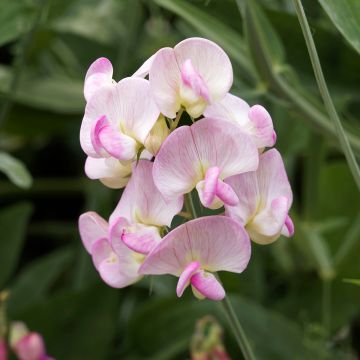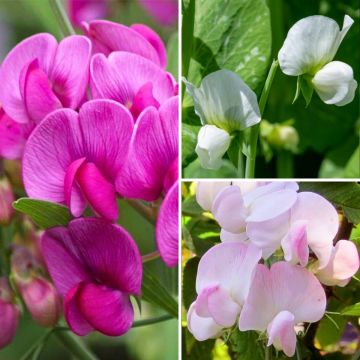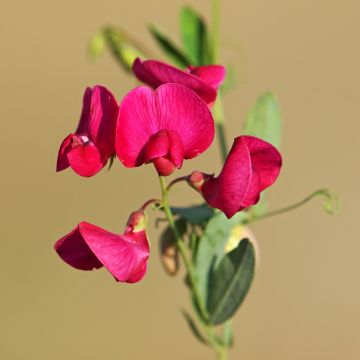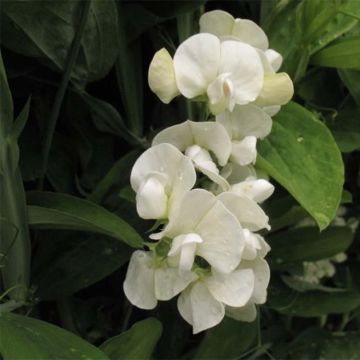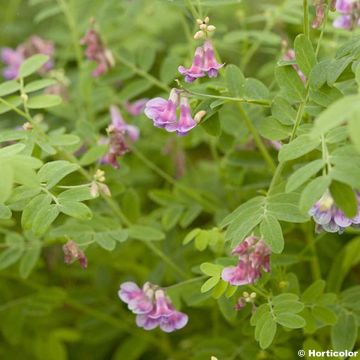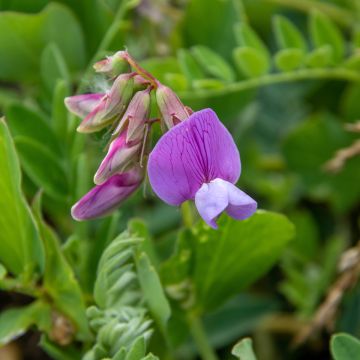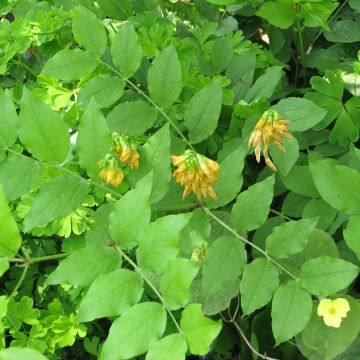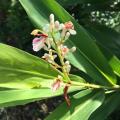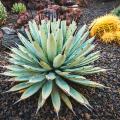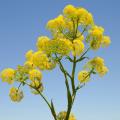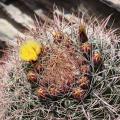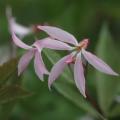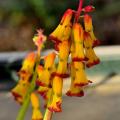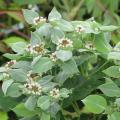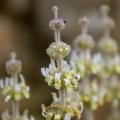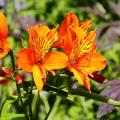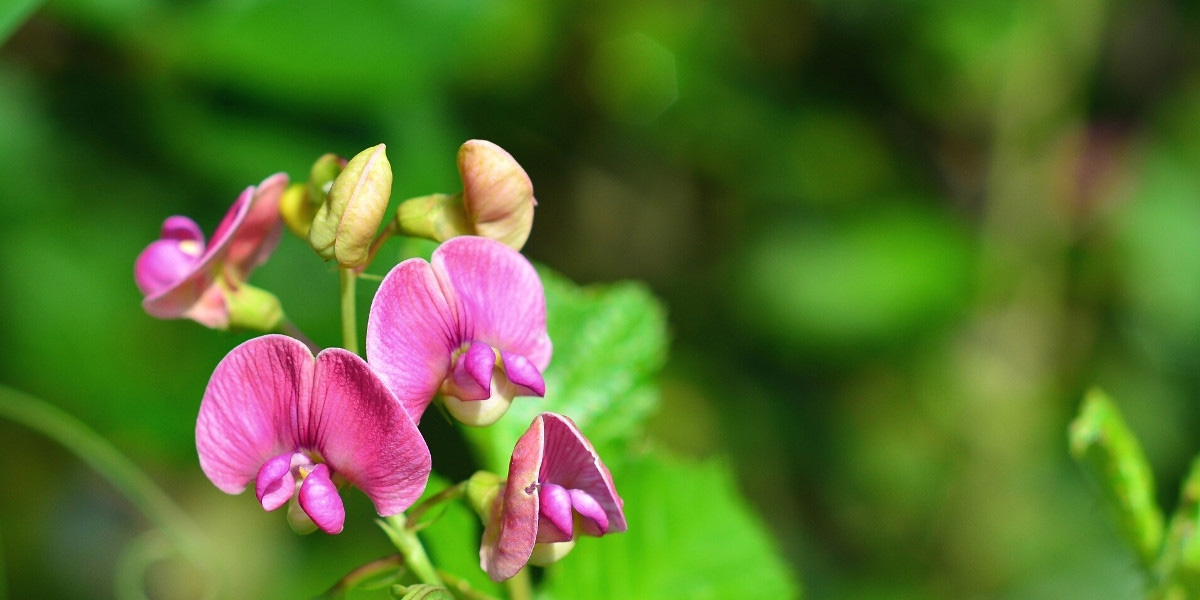Lathyrus
Would this plant suit my garden? Set up your Plantfit profile →
Available in 2 sizes
Available in 0 sizes
Available in 2 sizes
Available in 2 sizes
Available in 1 sizes
Available in 1 sizes
Available in 1 sizes
Available in 1 sizes
Lathyrus vernus or Orobus vernus is a bushy perennial herbaceous plant. This small bush has the particularity of being early and living a long time in any good garden soil. It spreads rapidly from April to June, reaching up to 40cm (16in) high, even though it has slow growth in the first year. Its advantage is to bloom in soils where many plants do not flower, both in shade and in the sun. In spring, clusters of three to six purple-blue flowers are formed, which become almost greenish-blue when they fade. These hanging flowers measure 1 to 2cm (0 to 1in) long. This Lathyrus, native to continental Europe, Turkey, the Caucasus, and Siberia, is common in wooded areas in mountainous regions and less widespread elsewhere.
Also known as Spring Vetchling, Orobus vernus is very hardy. Its secret weapon is having roots that "eat" nitrogen from the air, allowing it to survive in poor soil.
Lathyrus latifolius, also known as Everlasting Pea, is a particularly easy-to-grow perennial pea that will flower in any garden. It is a lovely small climbing herbaceous plant, offering bouquets of flowers for a very long period, with fairly large papilionaceous flowers in a delicate pale pink. The plant attaches itself to its support thanks to a few tendrils that emerge from a matte green foliage, carried by broad flattened and winged stems. It is a very hardy and drought-resistant plant, which enjoys the sun and well-drained fertile soil.
Haven't found what you were looking for?





































